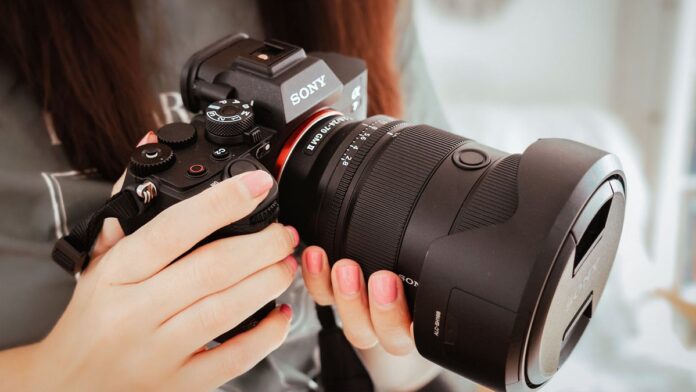Have you ever wondered how cameras can capture the world in such vivid detail, almost like the human eye? The technology behind cameras is truly fascinating, bridging the gap between human vision and digital imagery. Let’s dive into this intriguing topic and uncover how cameras mimic the human eye’s incredible ability to see.
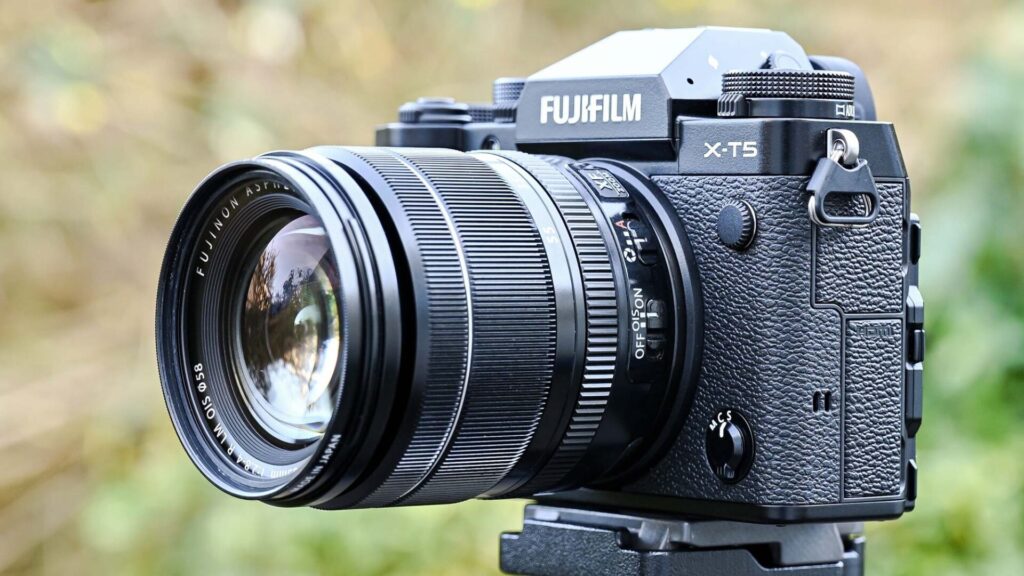
The Human Eye vs. Camera: A Quick Comparison
Before we get into the nitty-gritty, let’s compare the basic functions of the human eye and a camera:
- Lens: Both the human eye and a camera have a lens that focuses light. In the eye, the lens changes shape to focus on objects at different distances, while a camera lens moves closer or farther from the sensor.
- Aperture: The eye’s iris acts as an aperture, controlling the amount of light that enters. Similarly, a camera’s aperture adjusts to let in more or less light, influencing exposure and depth of field.
- Sensor: The retina in our eyes converts light into neural signals, just like a camera’s sensor (either CCD or CMOS) converts light into digital signals.
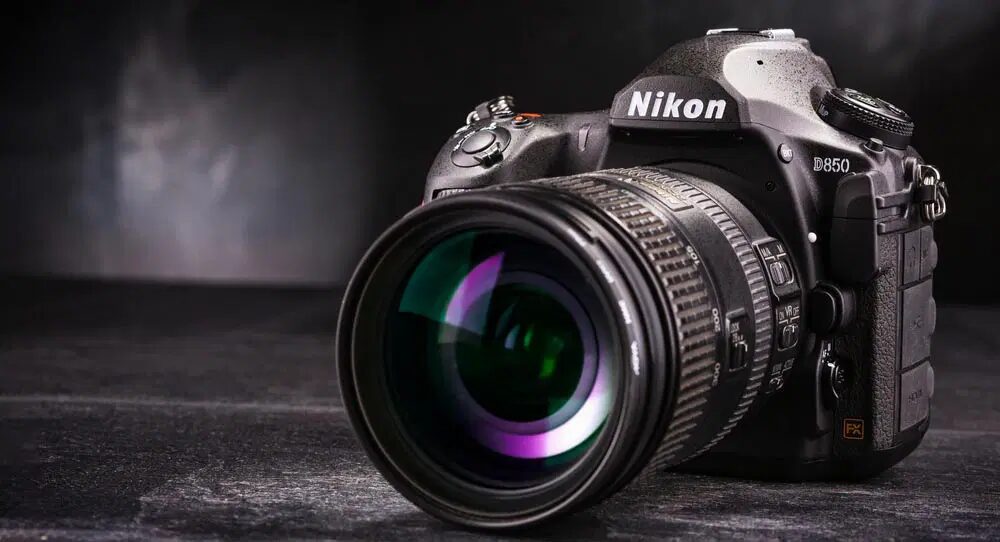
How Cameras Mimic the Human Eye
- Focusing MechanismOur eyes use muscles to adjust the lens shape for focusing, allowing us to see objects clearly at various distances. Cameras use autofocus systems, which adjust the lens position to achieve sharp focus on subjects. Advanced autofocus technologies, like phase detection and contrast detection, enable cameras to focus quickly and accurately, even on moving subjects.
- Dynamic RangeThe human eye has an impressive dynamic range, meaning it can see details in both very bright and very dark areas simultaneously. Modern cameras are equipped with high dynamic range (HDR) technology, which combines multiple exposures to create an image that retains detail in both shadows and highlights, much like what our eyes naturally do.
- Color PerceptionOur eyes perceive colors through photoreceptor cells called cones, which are sensitive to red, green, and blue light. Cameras use a similar approach with RGB sensors to capture colors. Advanced image processing algorithms then combine these primary colors to reproduce a wide spectrum of hues, closely resembling what the human eye sees.
- Image StabilizationEver notice how you can keep a steady gaze even while moving? The vestibulo-ocular reflex helps stabilize our vision by coordinating eye movements with head movements. Cameras mimic this with image stabilization technologies (optical, digital, or a combination of both) to reduce blur and maintain sharp images, even in motion or low-light conditions.
- Night VisionWhile human vision diminishes in low light, specialized night vision cameras can see in the dark using infrared technology. These cameras emit infrared light, invisible to the human eye, and capture the reflected light to create clear images in the dark, extending our vision capabilities beyond natural limits.
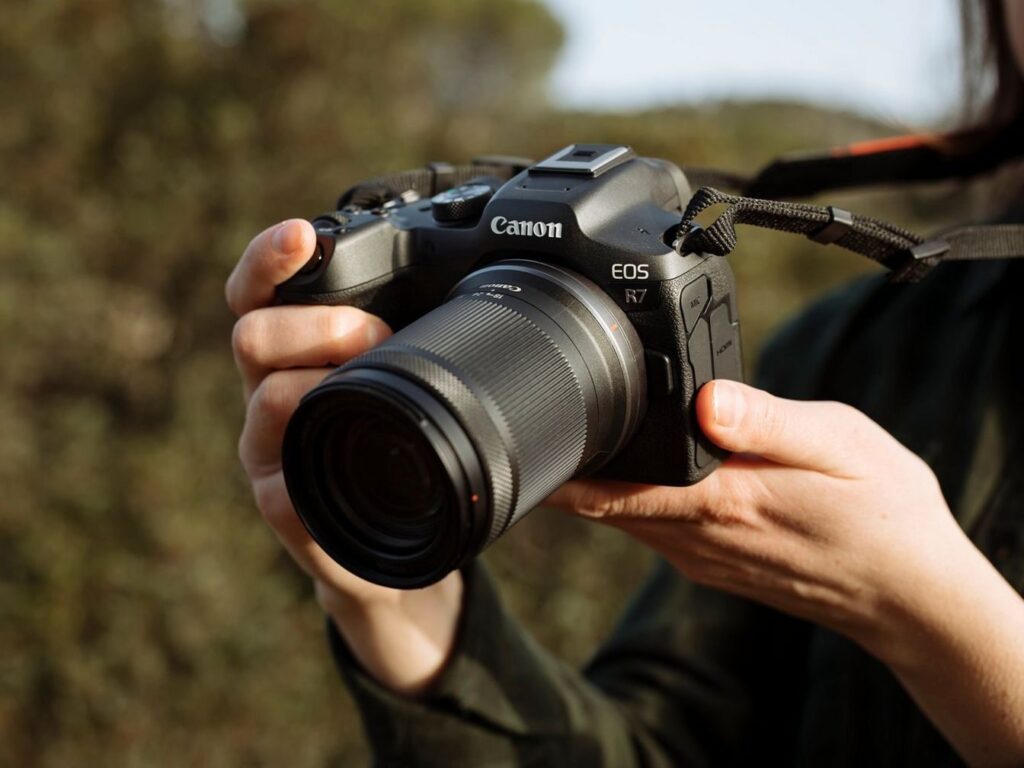
The Future of Camera Technology
As technology continues to advance, cameras are becoming even more sophisticated, incorporating AI and machine learning to further enhance their capabilities. For example, some cameras now use AI to recognize scenes and subjects, automatically adjusting settings for the best possible shot. This AI-driven approach is akin to how our brains process visual information, making cameras smarter and more intuitive.
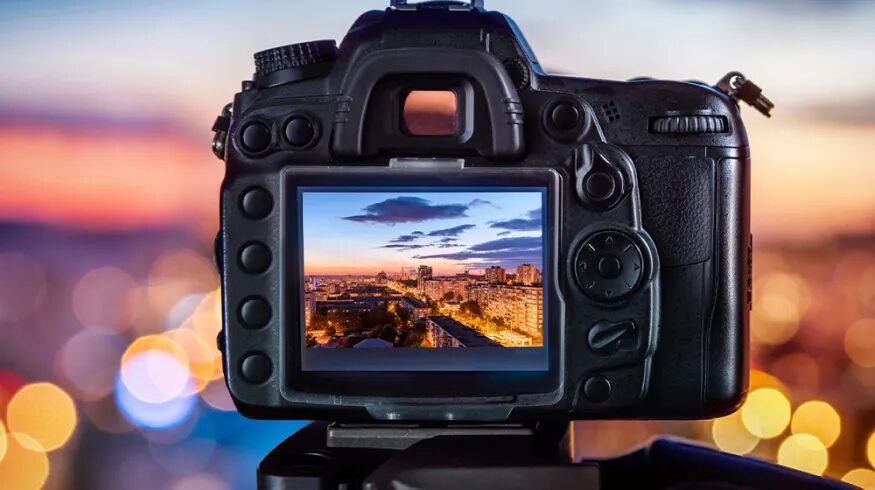
Fun Fact: The Bionic Eye
Scientists are also working on bionic eyes, which aim to restore vision to those who have lost it. These devices convert visual information into electrical signals that the brain can interpret, much like a natural eye. This technology holds the promise of not only mimicking but also enhancing human vision, potentially giving people superhuman sight.
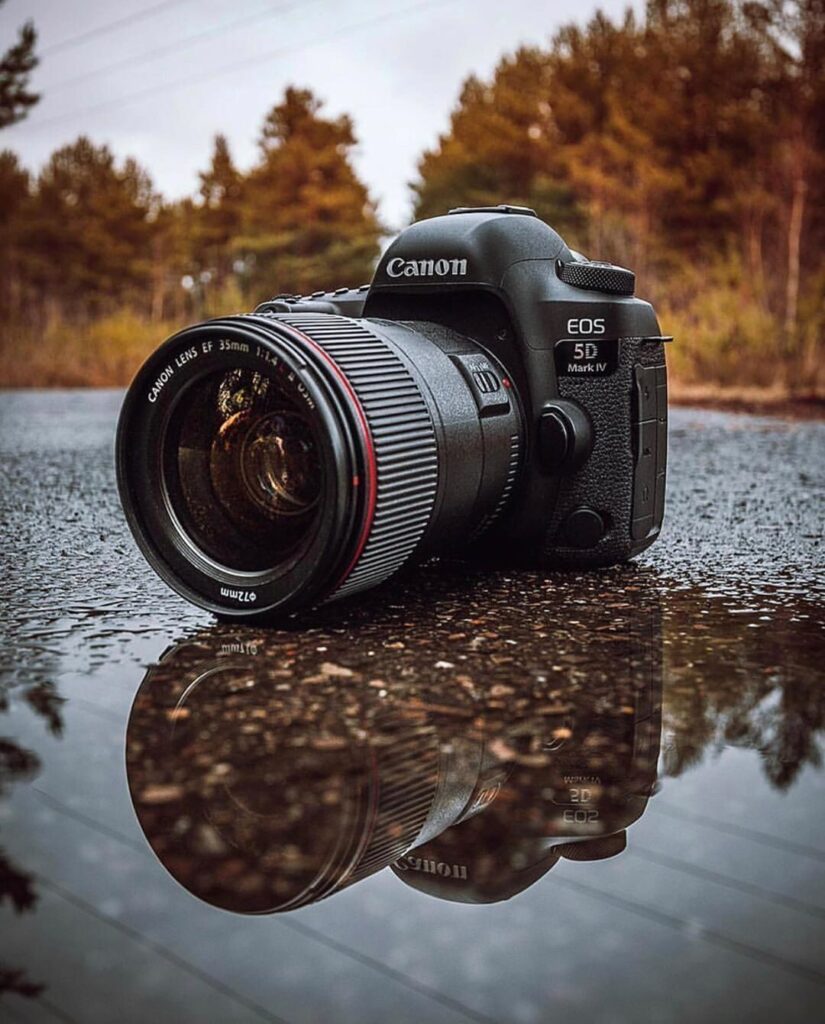
Conclusion
The way cameras can replicate the human eye’s functionality is a testament to the marvels of modern technology. From autofocus to HDR, image stabilization to night vision, these advancements allow cameras to see the world almost as well as we do—sometimes even better! As we look to the future, the gap between human vision and camera technology will continue to narrow, opening up new possibilities for how we capture and perceive the world around us.
What do you think about the advancements in camera technology? Share your thoughts and experiences in the comments below!

